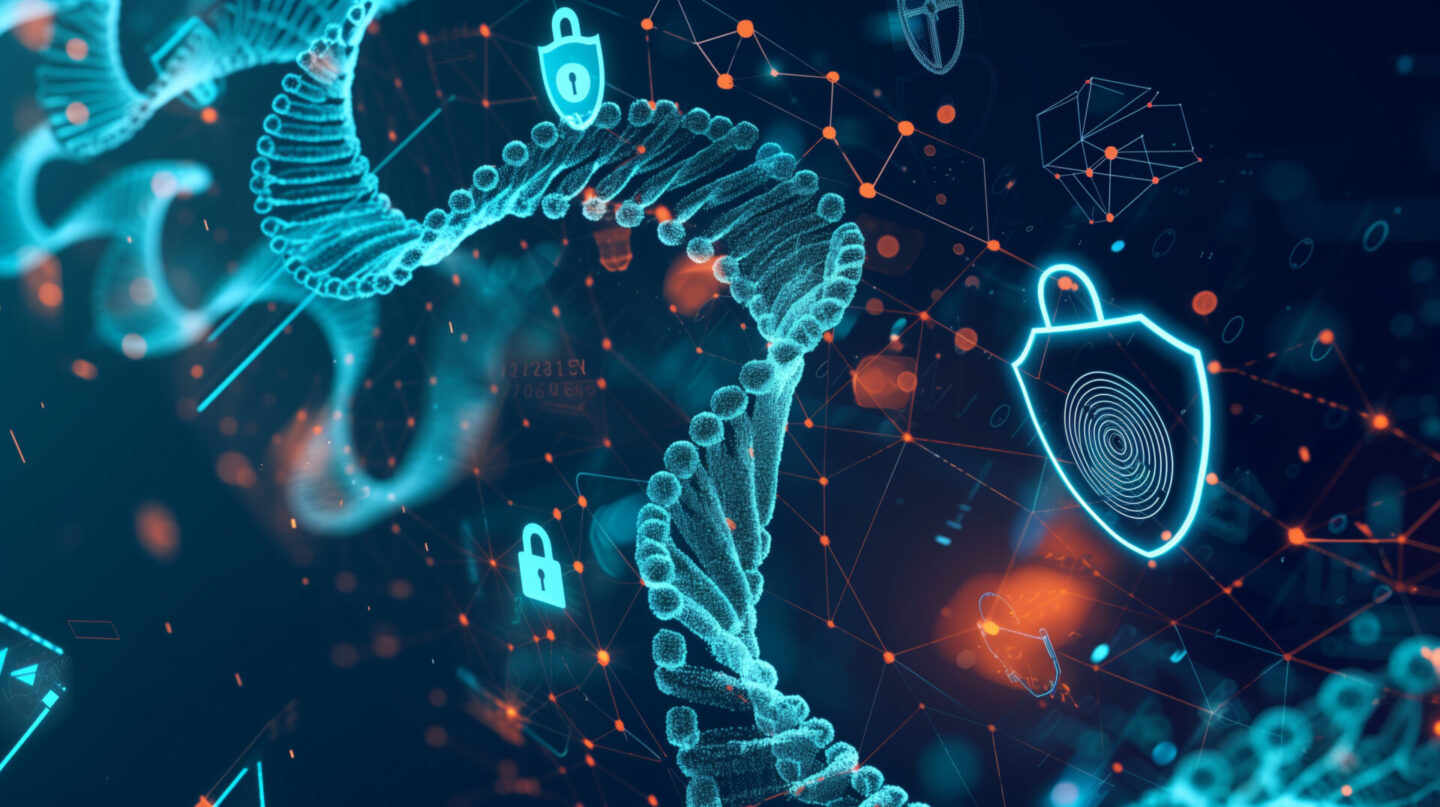
We talk a lot about cybersecurity in the OT space. Cybersecurity has always posed a unique challenge for OT technologies, for a number of reasons. Often, OT teams are dealing with legacy technology that was never designed to be cybersecure and doesn’t operate in a manner that plays well with external cybersecurity tools. In addition, cybersecurity can impact uptime and reliability, two of the most important metrics for safety and success in operations. It’s also important to recognize that cybersecurity isn’t designed to increase production or performance. In the OT world, where throughput and efficiency are ever-moving targets, cybersecurity is often seen as a cost without a tangible benefit, and, as such, it is often pushed down the waiting list.
In one industry, however, this set of trends is less common. OT teams in the life sciences industry often prioritize cybersecurity more than other industries. As Alexandre Peixoto and Michalle Adkins share in a recent article in Pharma Manufacturing, this tends to happen because life sciences OT teams often see the confidentiality, integrity, and availability triad very differently.
“OT teams typically put availability at the top of the triad. Process manufacturing operations usually cannot afford to halt unexpectedly for safety, patient supply and financial reasons. Cybersecurity, while critical, cannot come at the expense of interrupting production. However, in life sciences, availability is critical, but life sciences OT teams typically prioritize data integrity and confidentiality over availability, often because OT systems infrastructure is standardized as much as possible on the information technology (IT) department standards.”
Much of this forward-thinking tendency in life sciences comes from two key differences from many other industries. First, many life sciences projects are born digital, which has made them more comfortable with operating at the IT/OT convergence. Second, their risk tends to be among the highest of all the industries:
“Patent issues are extremely critical in life sciences. Not only do OT teams need to protect their companies’ trade secrets to ensure their competitive advantage, but they also must ensure that they remain profitable (by patent protection, early follow-on generics, optimization strategies, etc.) so they can continue to supply products to patients. While no company wants its trade secrets released to the outside world, life sciences companies are particularly at risk due to the nature of their business.”
The advantage of being ahead of the curve
Being willing to adopt cybersecurity technology early comes with advantages. For example, one of the key industry differentiators today, in nearly every industry, is flexibility. Plants need ways to change and adapt quickly to meet ever-shifting market demands. Clunky, cumbersome technology architectures can often impede that capability, and if not implemented correctly, cybersecurity architecture can easily be part of the problem.
New technologies like zero trust cybersecurity architectures are being developed to change all that, focusing on delivering security and flexibility in parallel. The willingness to adopt new technologies means life sciences companies will reap those benefits before other, more pragmatic industries.
“Modern cybersecurity technologies like zero trust architecture are opening entirely new ways of approaching security and connectivity in parallel. This allows implementations to be faster and more efficient, while also providing access to valuable, high-level business insights that can drive advanced analytics and better decision making for more competitive operations. For teams that want to maintain flexibility, such as those who want to be able to quickly change treatment manufacturing to meet shifting market and patient needs, these insights, and the connectivity necessary to adapt to them, are critical.”
Be careful not to move without caution
Early adopters tend to reap significant benefits. However, the cybersecurity journey is not without its own pitfalls, and companies testing new strategies and technologies must know where they need to proceed with caution. Any process manufacturer relies on its automation technologies to drive speed, quality, and efficiency. As such, it is important to ensure that new technologies do not interfere with critical control and automation systems.
Fortunately, the automation experts at Emerson have deep expertise in helping companies in any industry navigate cybersecurity solutions to find the perfect balance of security and operational efficiency for their organization.
“One place where even innovators can start is with a risk assessment to help them determine what types of protections will be most effective and reliable for a life sciences industrial control environment. The most effective automation solutions providers will be well versed in the current threat landscape for life sciences companies and can therefore help identify the most effective strategies to combat those threats.”
But risk assessment is only the start. Partnering with Emerson also means access to guidance to help evolve a company’s cybersecurity posture as threat landscapes change—which they constantly do. No company needs to go it alone. Working closely with a partner can help reduce the complexity of managing a cybersecurity journey.


